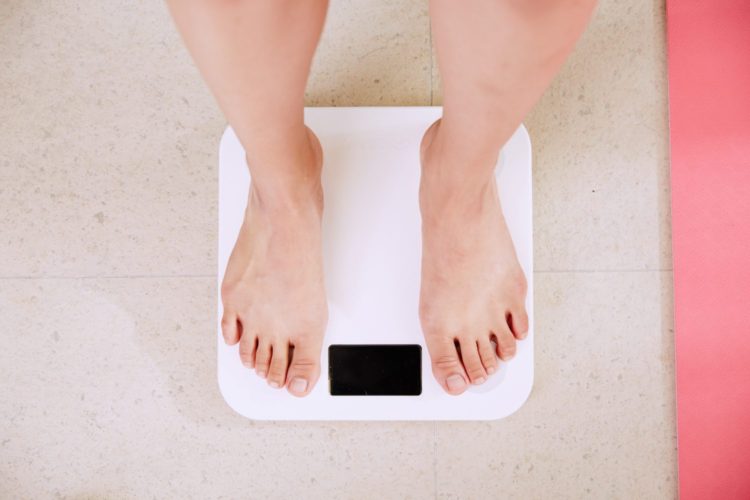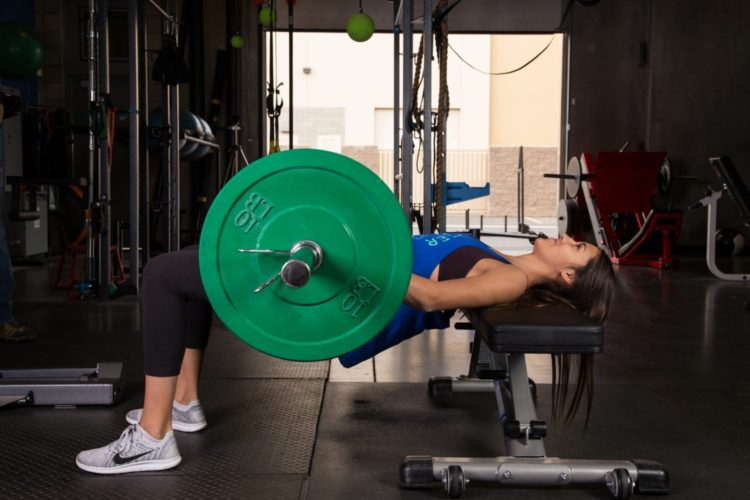As a fitness professional, I can’t tell you how many people I’ve heard say “I want to lose weight”. Year after year, millions of people will claim, “This is the Year” to lose weight. Little do they know, they should focus more on fat loss and waist measurement more than weight. The Optimal body fat percentage for both men and women is under 30%. In general due to reproductive reasons and gender specificity women tend to have a little higher body fat percentage than men. You can get your body fat tested by a fitness professional that may use skinfold calipers, bio impedance or test in a Bod Pod or Dunk Test.
Carla Prado, PhD, RD, associate professor at the University of Alberta, Canada found after she reviewed 140 studies dealing with both inpatient and outpatient and long-term care settings that “people with less muscle mass had more surgical and postoperative complications, longer hospital stays, lower physical function, poorer quality of life and shorter lives overall”. You must keep in mind, it’s not just the weight it’s the body fat. One pound of fat is approx. 3 x’s the size of a pound of muscle, but only burns about 1-3 calories a day where a pound of muscle can burn 7-10 calories a day. More muscle mass equates to a faster metabolism, stronger body and reduce risks in those listed above as well as osteoporosis. Muscles also help you postural and with day-to-day activities.
If your waist is bigger than 40 inches for men and 35 inches for women you are at an increased risk of Type II Diabetes and Heart Disease. Again, you may lose weight, but if you’re stomach is not coming down, you’re most likely losing water weight and quite possibly muscle. I suggest you measure your waist weekly along with your weight and make changes accordingly.
Here are a few tips to get you losing fat and not just weight.
- Use resistance training. Whether this is body weight, suspension training, free weights or machines, I suggest you lift at least twice a week. Ideally 3-4 times.
- Eat at least .8 grams of protein per pound you weigh. Protein helps rebuild muscle tissue and your body has to work hard to convert it to the amino acids needed.
- Rest muscles at least 48 hours before lifting them again.
- Don’t cut calories too low. Assuming your healthy and exercising I feel most women should not drop below 1400 calories and most men should stay above 1800.
- Measure. Measure your waist, get your body fat tested, take pictures and monitor your results.
- Don’t just focus on the weight. Keep in mind, due to water retention, bloat, inflammation and a number of other factors you weight can vary 3-5 pounds a day.
Scott Keppel is the owner of Scott’s Training Systems, a world-class coaching facility in Chandler, Arizona. He is a nationally certified trainer through NASM and ISSA. His mission is to empower women of all ages and fitness levels. For more information head to scottstrainingsystems.com or check him out on Instagram at @stsnation.












